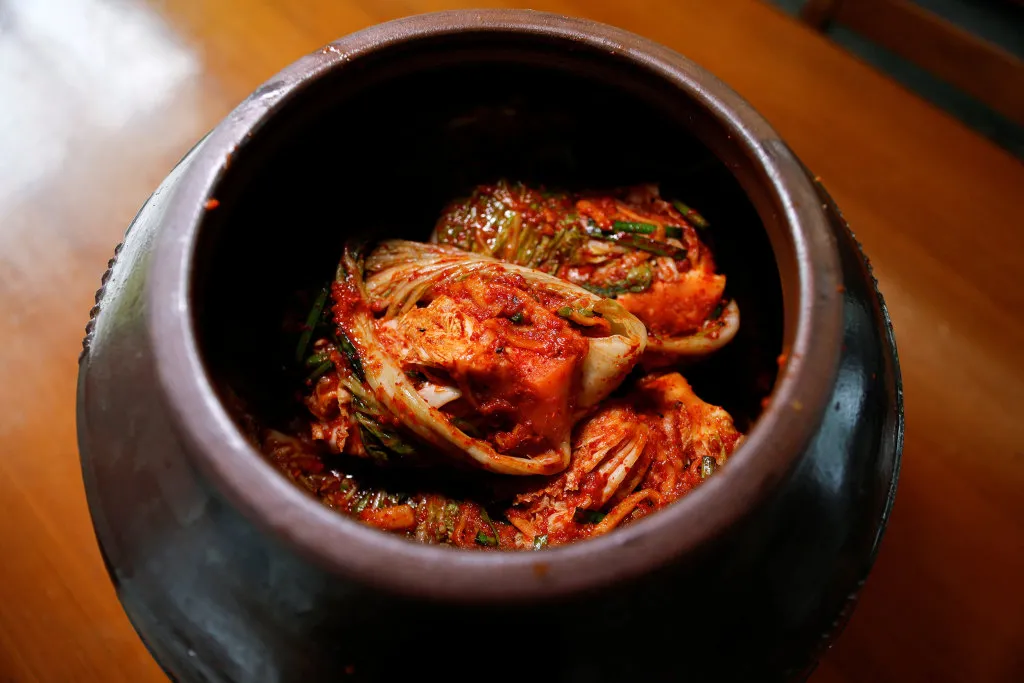Climate Change Interferes with Kimchi Production in South Korea

The Kimchi Dilemma: Growing Worries
In GANGNEUNG, South Korea, the beloved kimchi is jeopardized by climate change. Scientists observe a decline in napa cabbage quality due to increasing temperatures. Traditionally cultivated in cooler, mountainous regions, napa cabbage finds it challenging to adapt as summer heat rises.
Effects of Climate Change on Cabbage
- Experts indicate that optimum growing conditions for cabbage are between 18-21 Celsius.
- Higher temperatures lead to detrimental effects: mushy roots and spoiled cabbage hearts.
- Statistics reveal a plummeting area of cultivated highland cabbage, down from 8,796 hectares to just 3,995 hectares over the last 20 years.
With predictions of scant highland cabbage cultivation by 2090, agricultural specialists express urgency. Lee Young-gyu, a respected plant pathologist, emphasizes the impact of climate dynamics on this prized vegetable.
Additional Challenges for Kimchi Producers
- Pests flourish in warmer conditions, complicating crop management.
- Fungal infections cause late-stage wilt, exacerbating harvest losses.
- Rising import rates of cheaper kimchi from China add pressure on local farmers.
Farmers, like Kim Si-gap, express despair over potential loss of traditional cabbage, stating that kimchi remains an irreplaceable element of Korean culture.
For more detailed insights, consult the original source.
This article was prepared using information from open sources in accordance with the principles of Ethical Policy. The editorial team is not responsible for absolute accuracy, as it relies on data from the sources referenced.